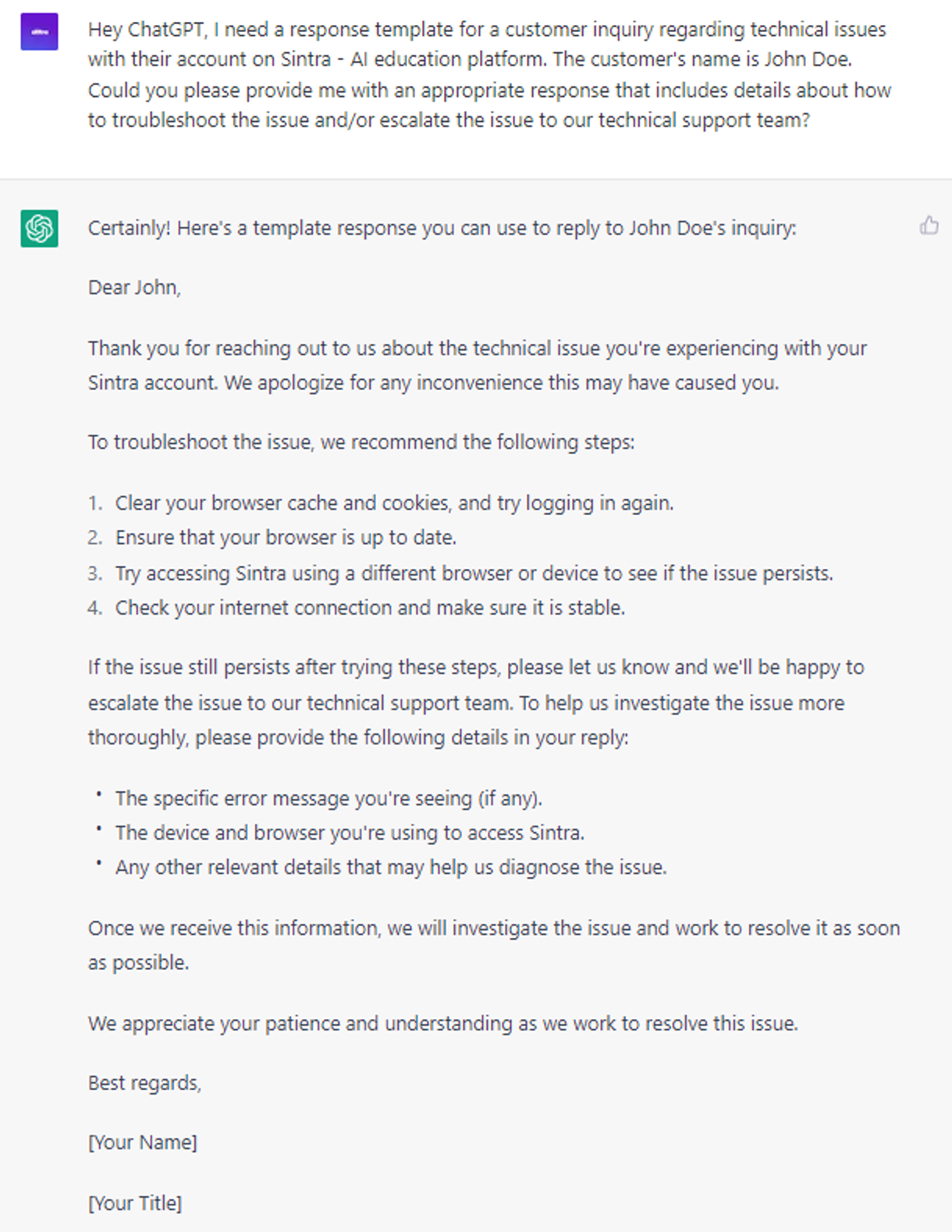5 Expert ChatGPT Prompts: Write Professional Articles with ChatGPT
 1937
1937
 6200
6200
Description
Here's a prompt that turns your ChatGPT into a professional article writer with over 30 years of experience, you simply input your topic and ChatG..
Prompt Details
“
About
Unique Professional Article Writer Prompt:
SEO Content Master Mega-Prompt:
⚙️ Example Output:
Tips
After using, you will have the right to edit the reminder to create your own version.
Update: 06.03.2024 5:24:19
Comments
Prompt Details
In the reminder, you will find places marked with two brackets "[]" or "<>", where you will replace the input information with similar content, and then delete the brackets after your content has been replaced.
The output content example returned from the A.P.I will therefore be shorter and less expressive than when you use live chat with GPT.
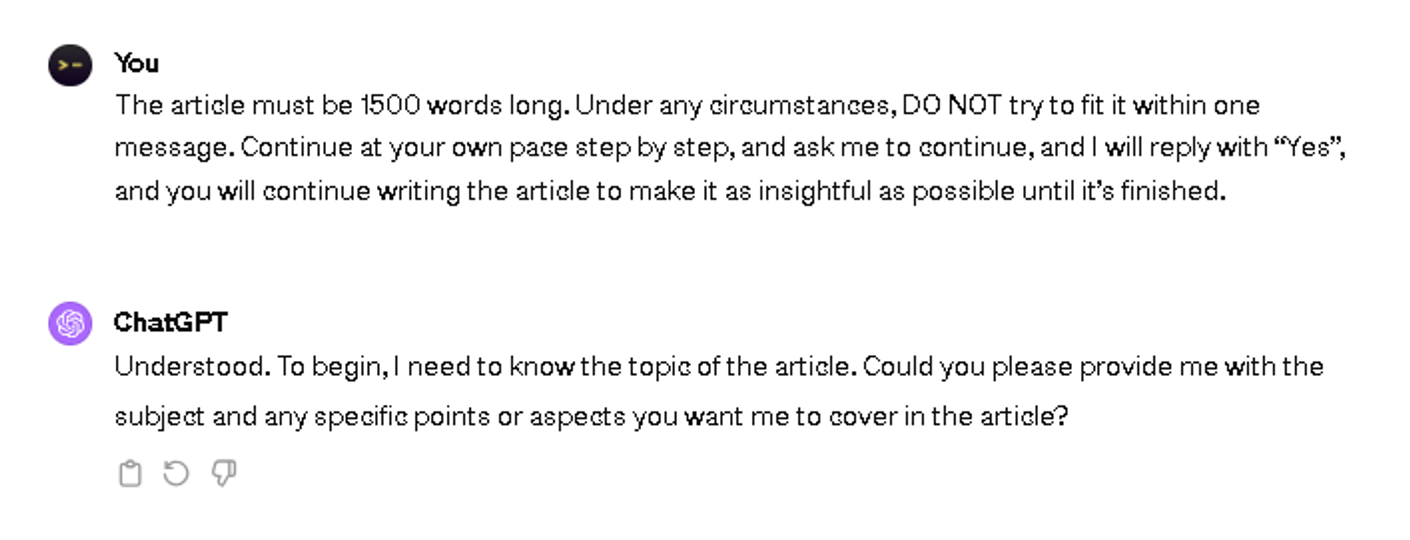

25 Proven ChatGPT Prompts: Turn ChatGPT Into A Midjourney Prompt Generator: A Step-By-Step Guide
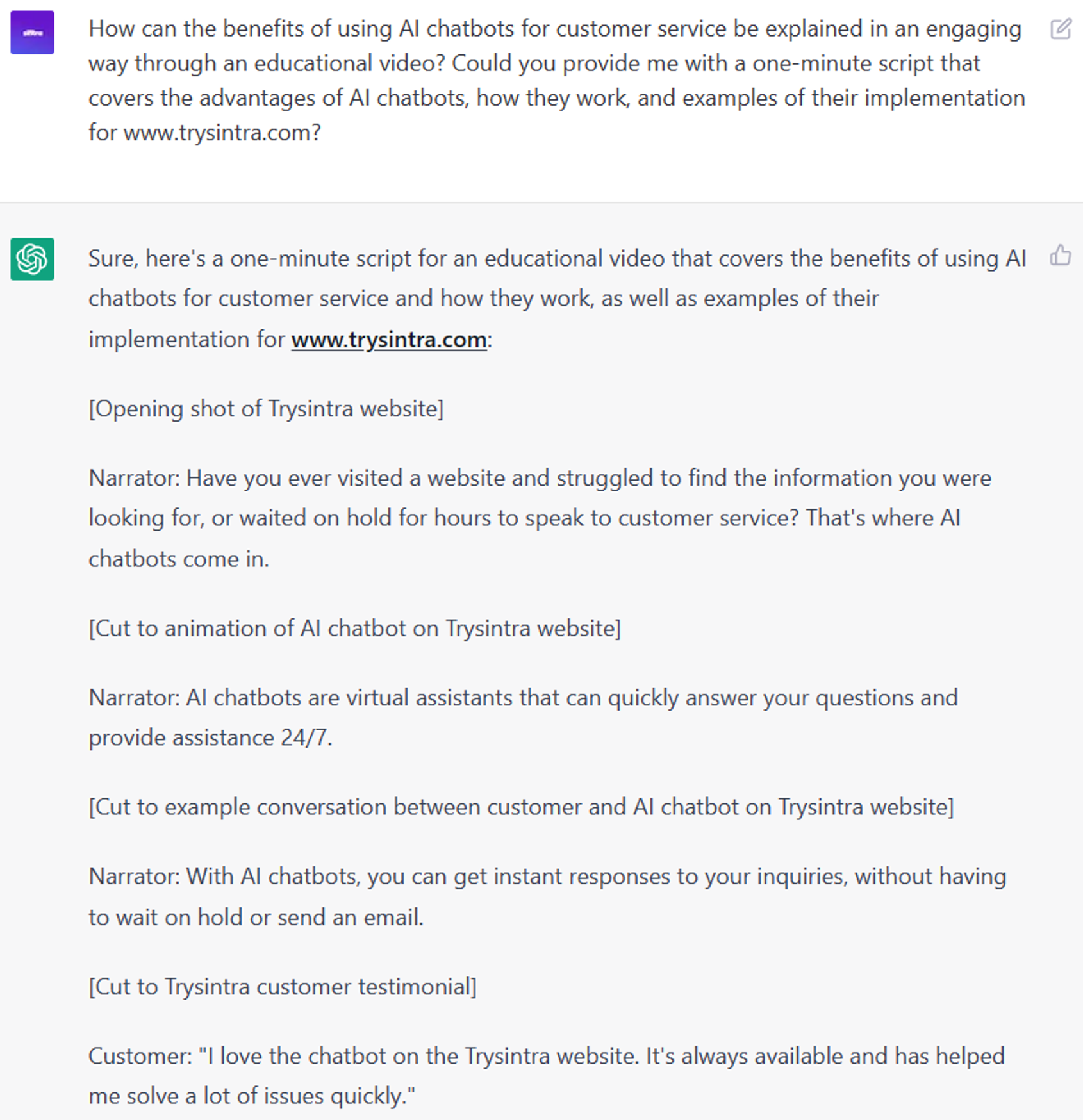
6 Strategic ChatGPT Prompts: Developing educational videos
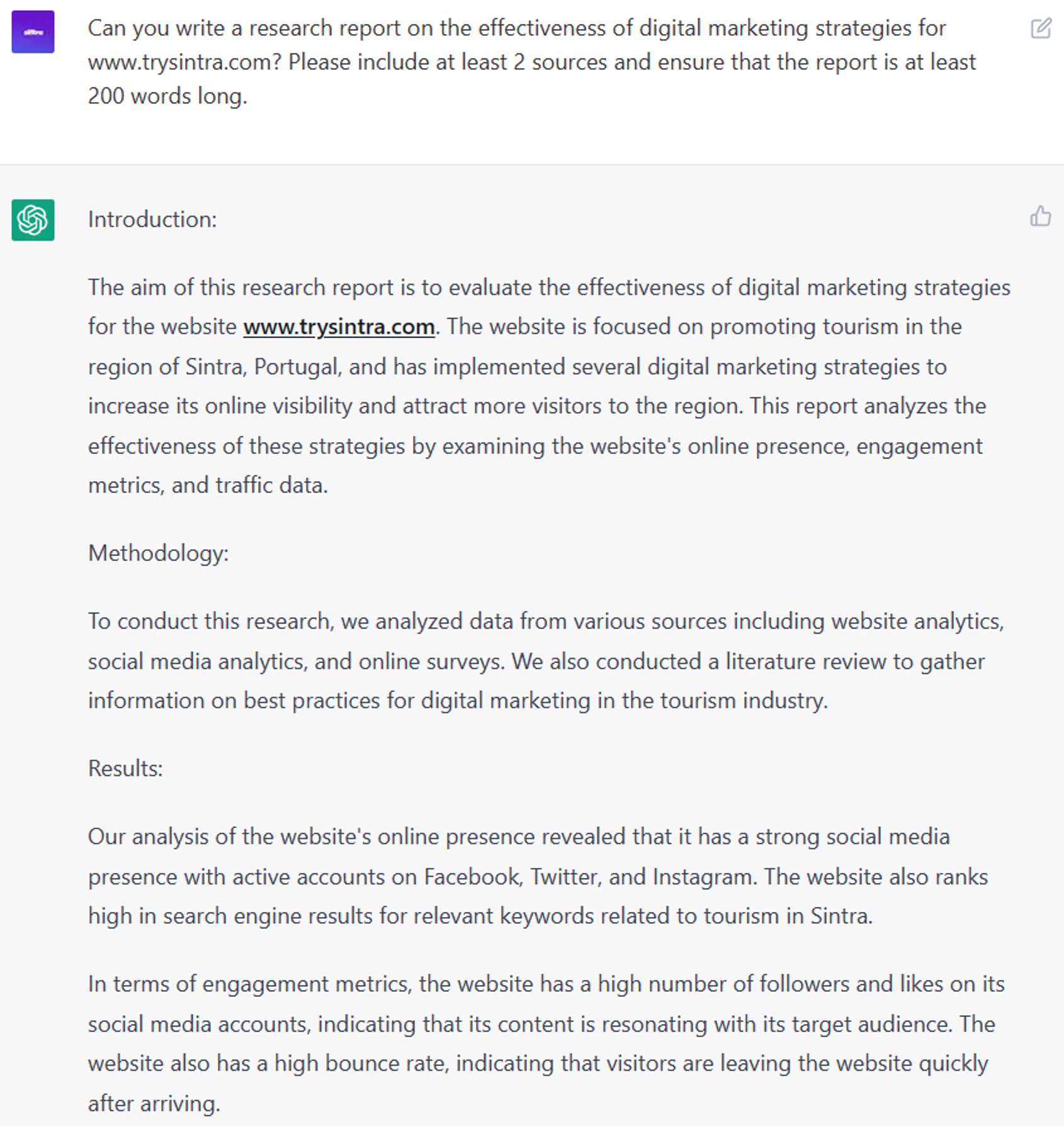
6 Strategic ChatGPT Prompts: Writing research reports
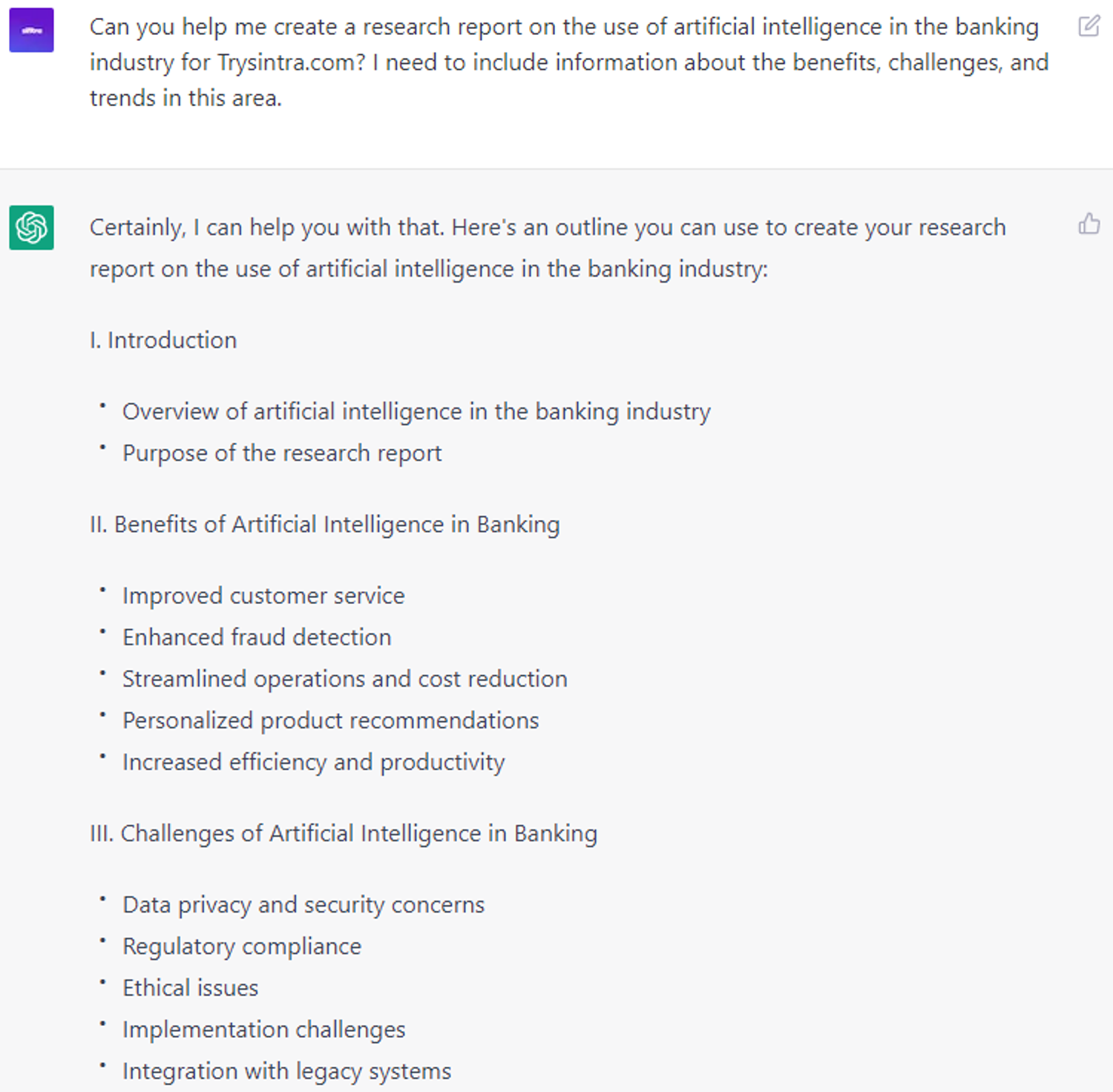
6 Innovative ChatGPT Prompts: Creating research reports

9 Strategic ChatGPT Prompts: Reviewing contracts
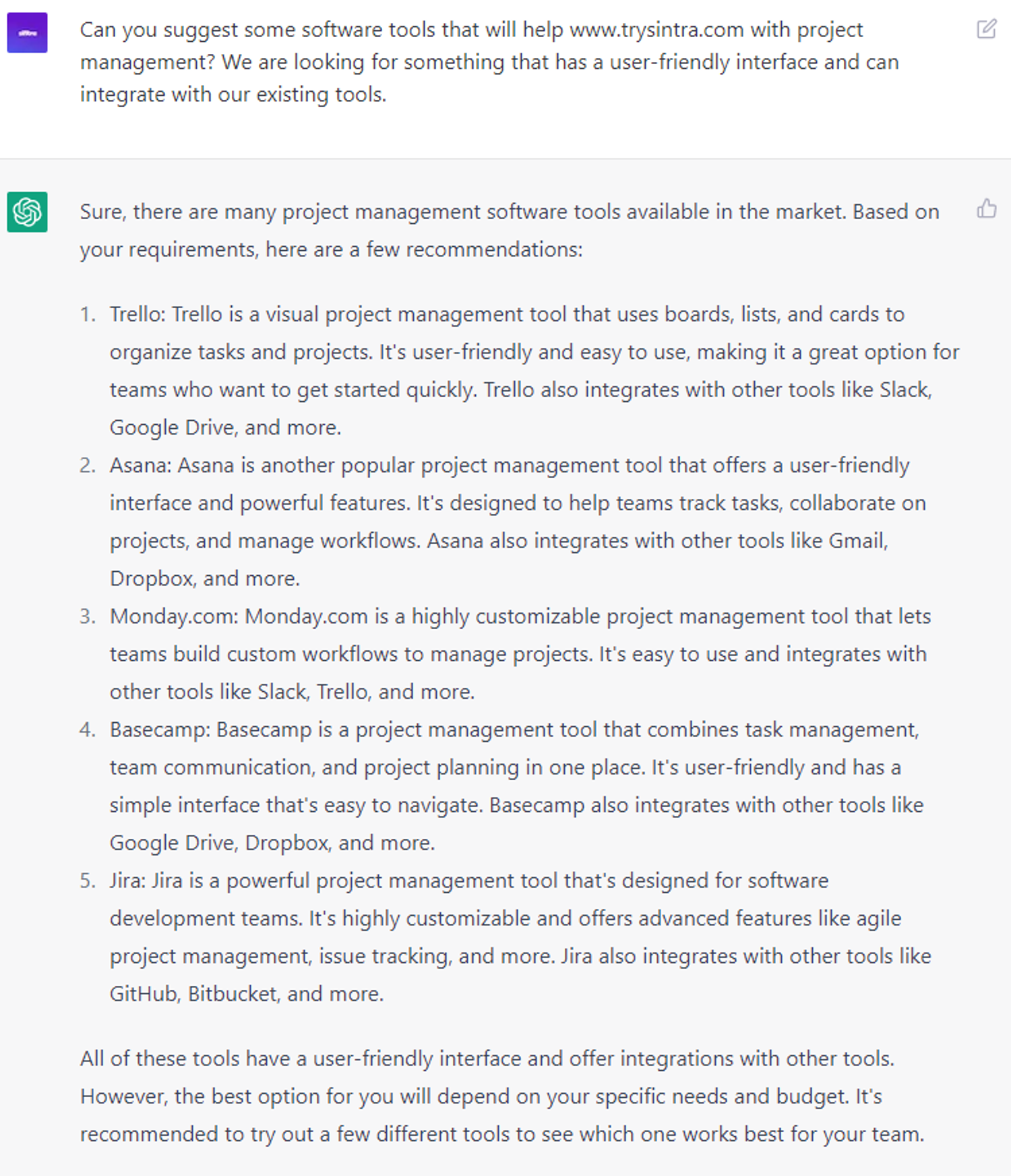
6 Expert ChatGPT Prompts: Setting up productivity tools and software

6 Strategic ChatGPT Prompts: Write eBooks
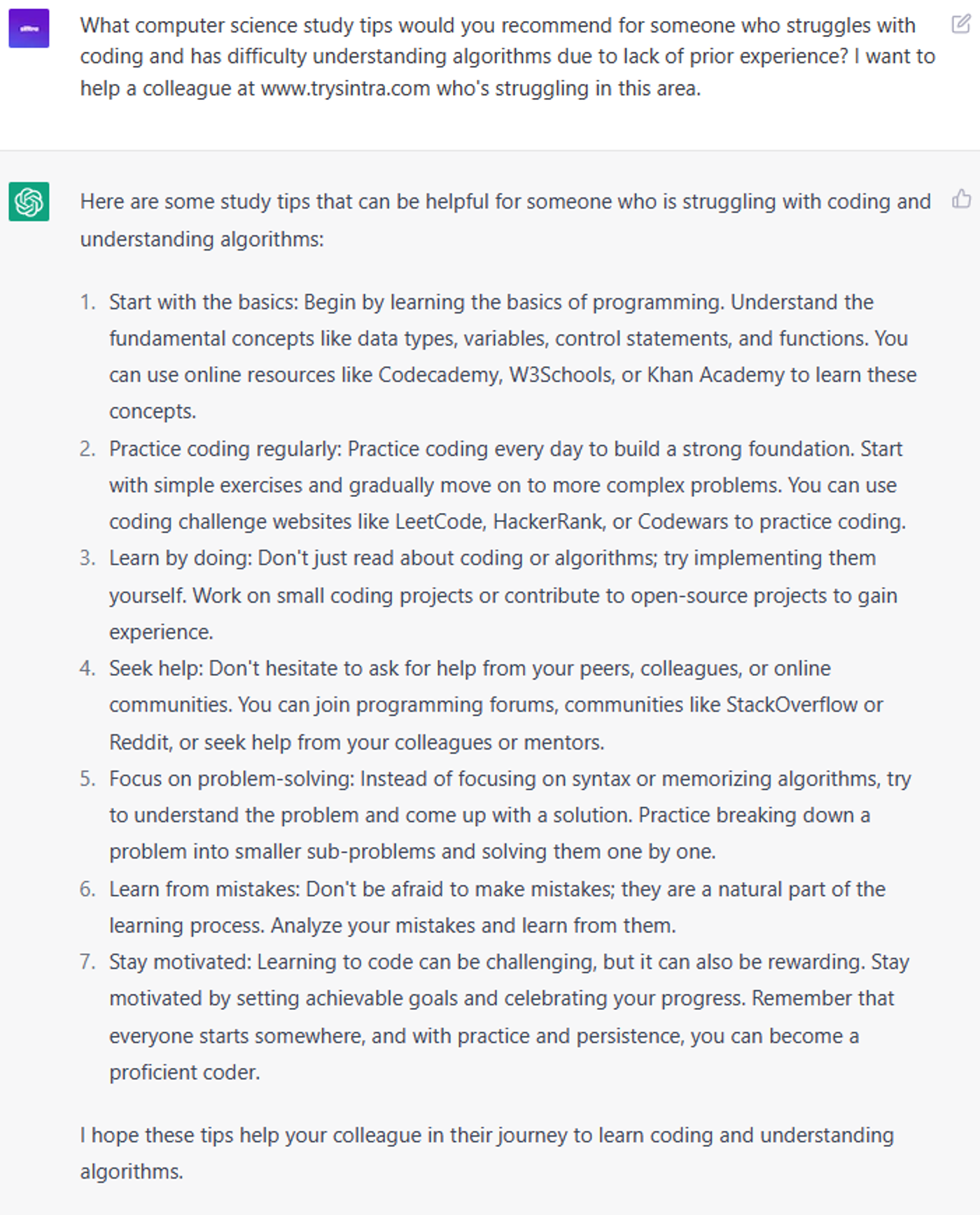
6 Innovative ChatGPT Prompts: Providing study tips
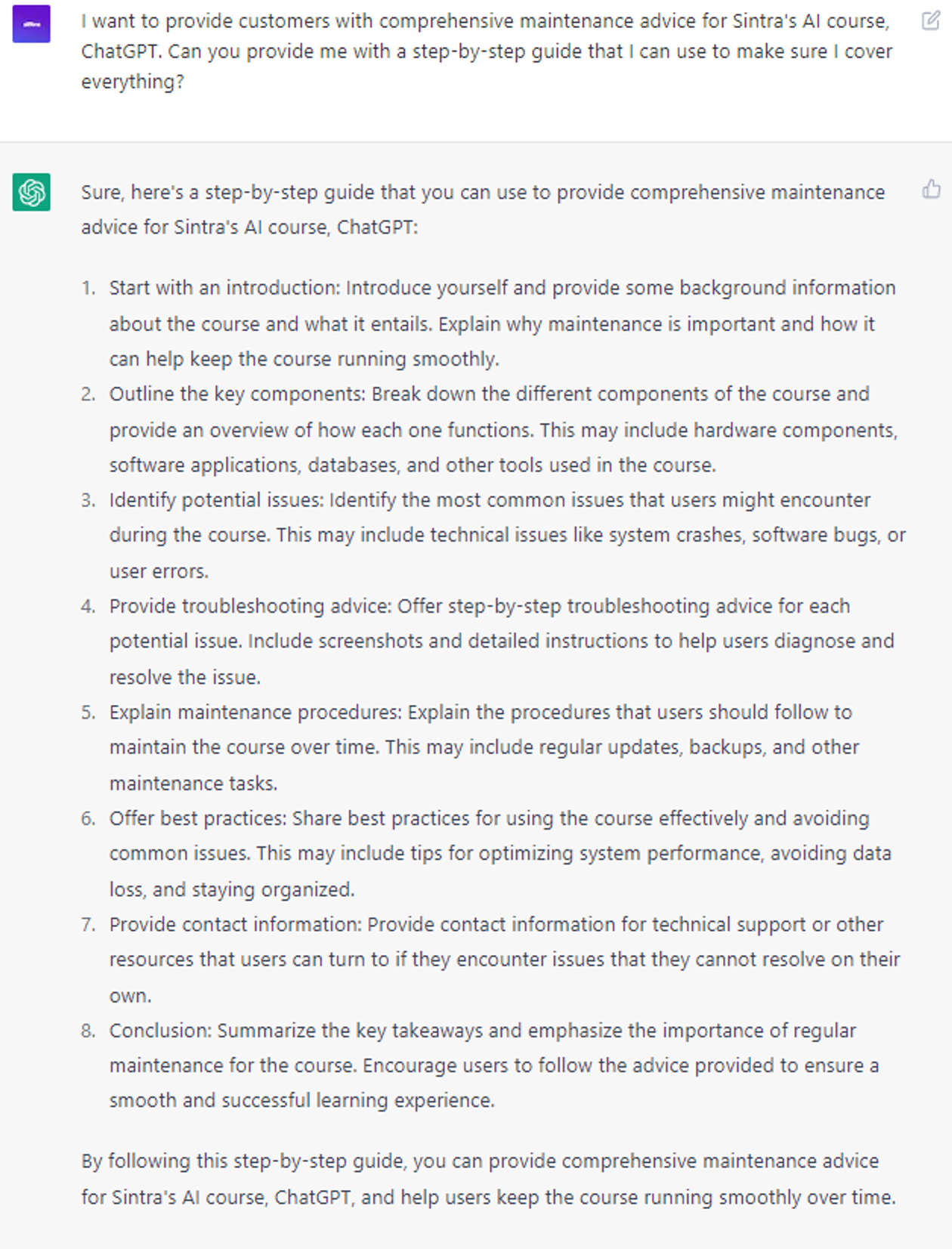
7 Proven ChatGPT Prompts: Offering maintenance tips
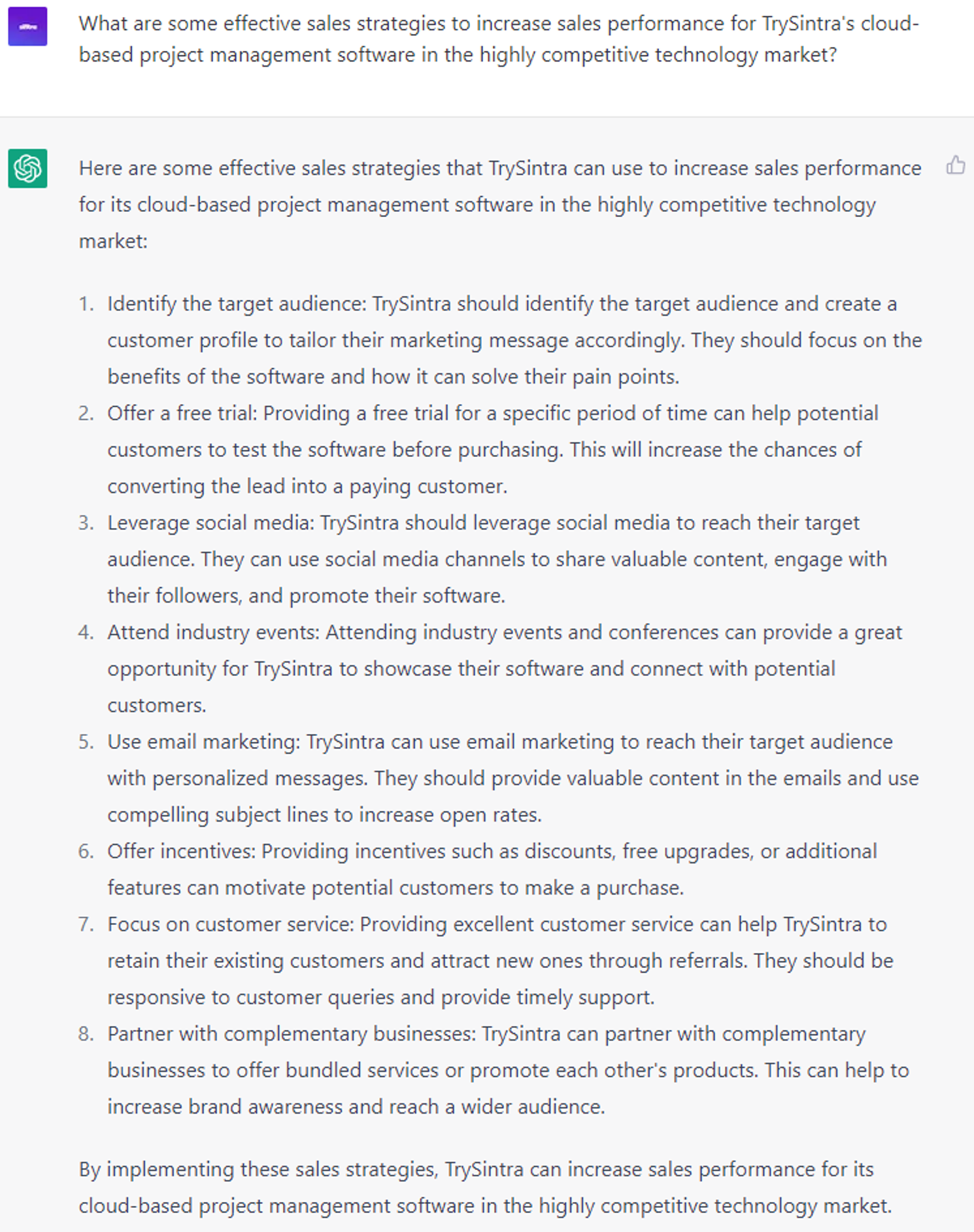
6 Proven ChatGPT Prompts: Providing sales support to team
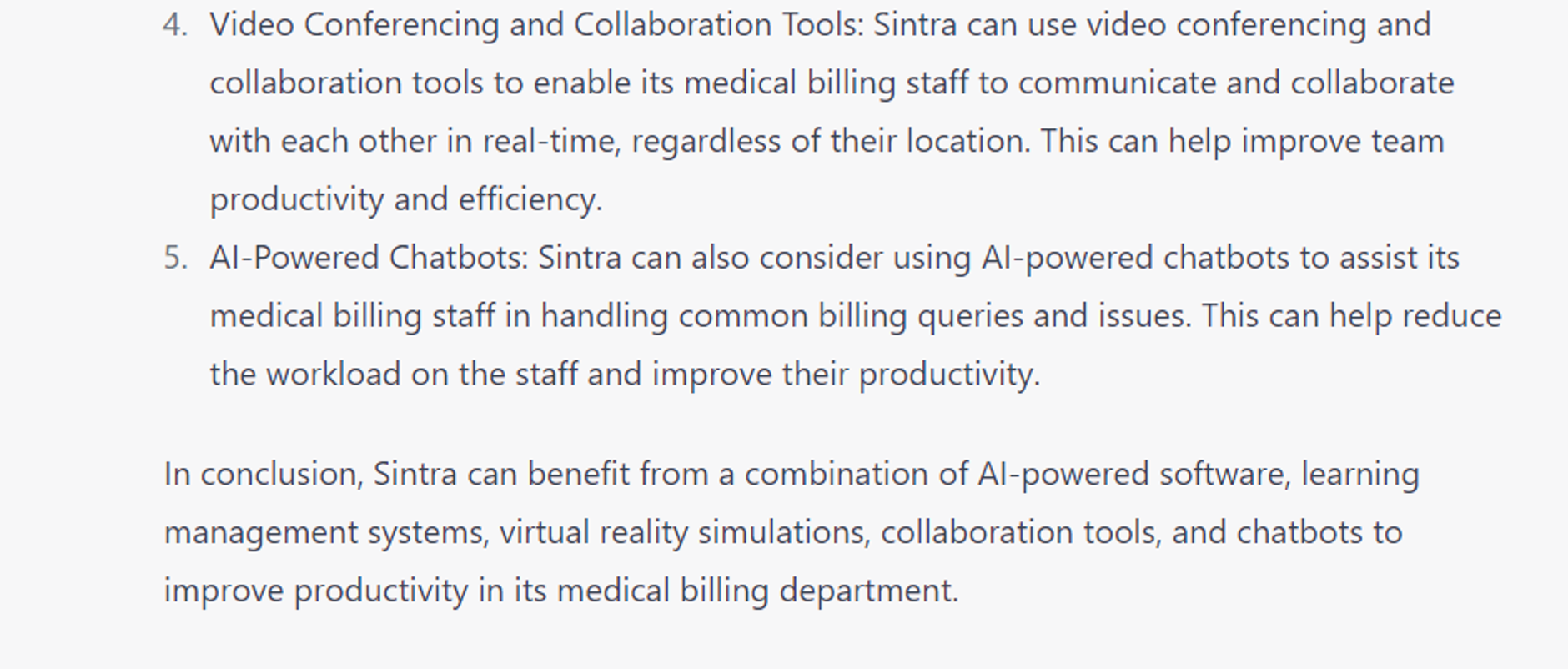
7 Proven ChatGPT Prompts: Suggest educational technology
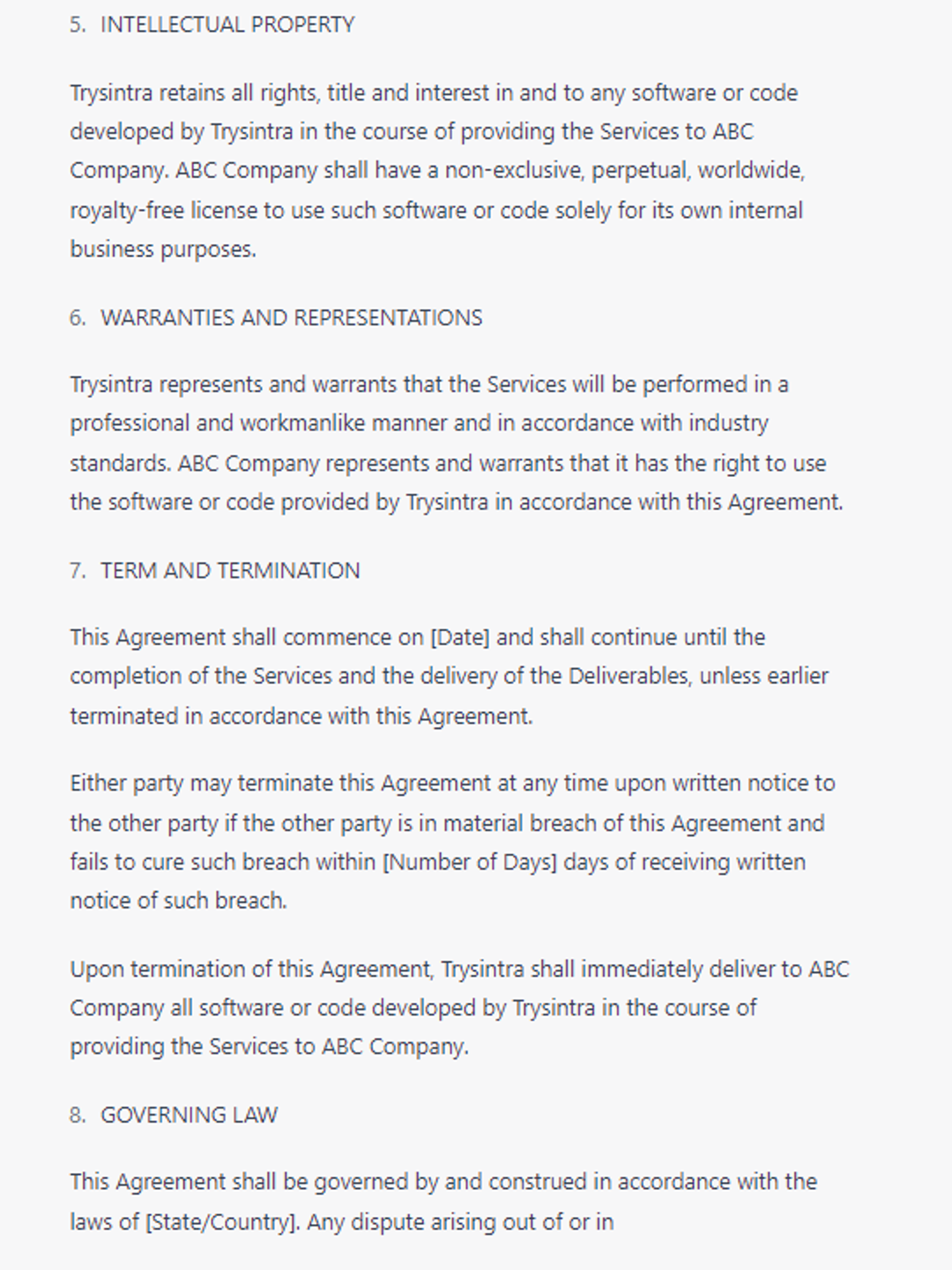
8 Innovative ChatGPT Prompts: Writing legal agreements
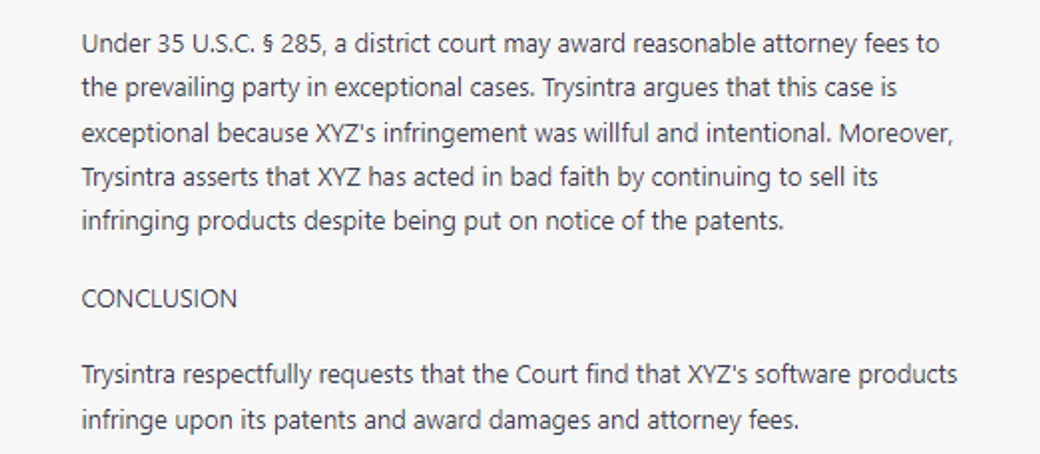
8 Expert ChatGPT Prompts: Creating legal briefs
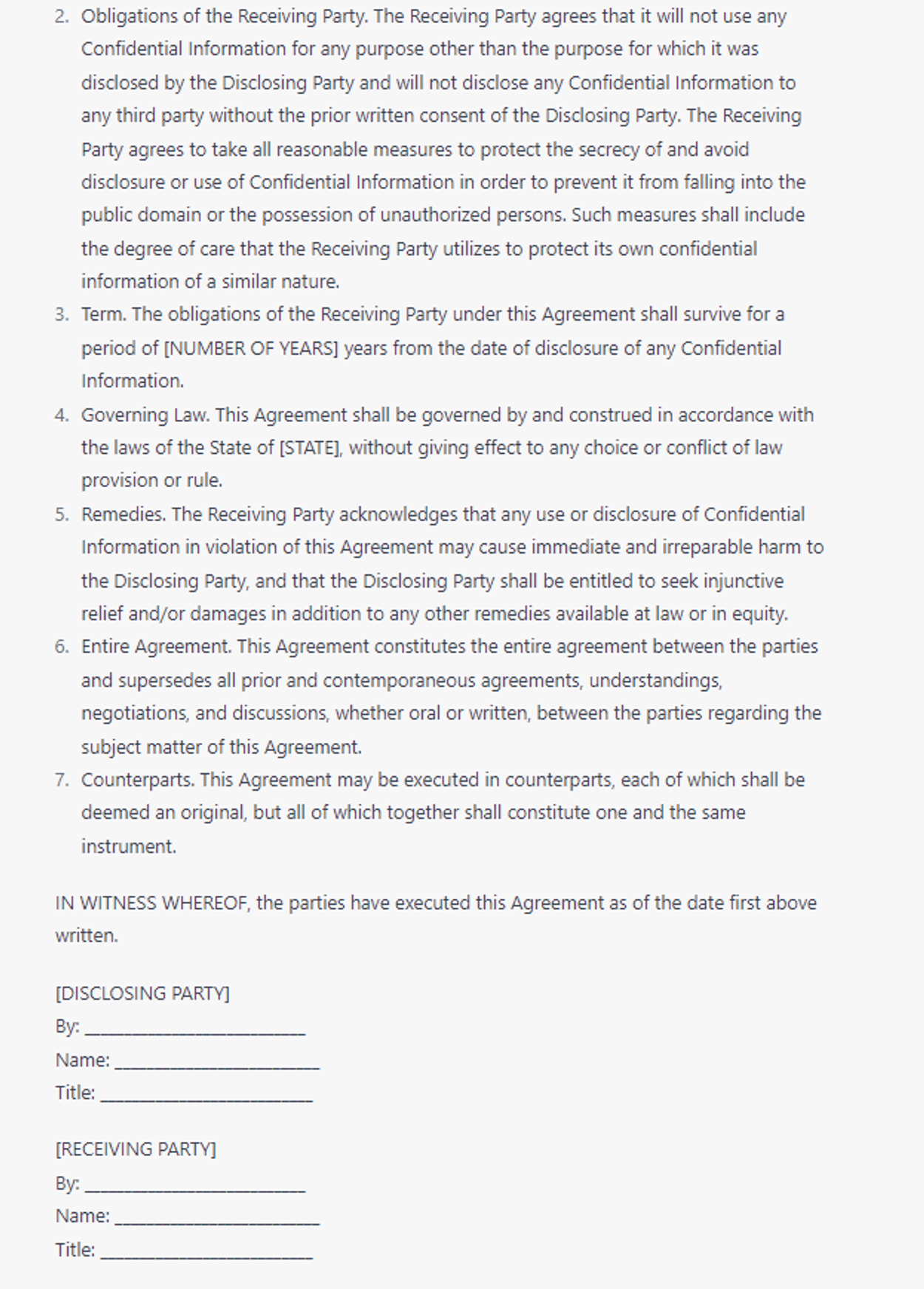
7 Advanced ChatGPT Prompts: Preparing legal templates
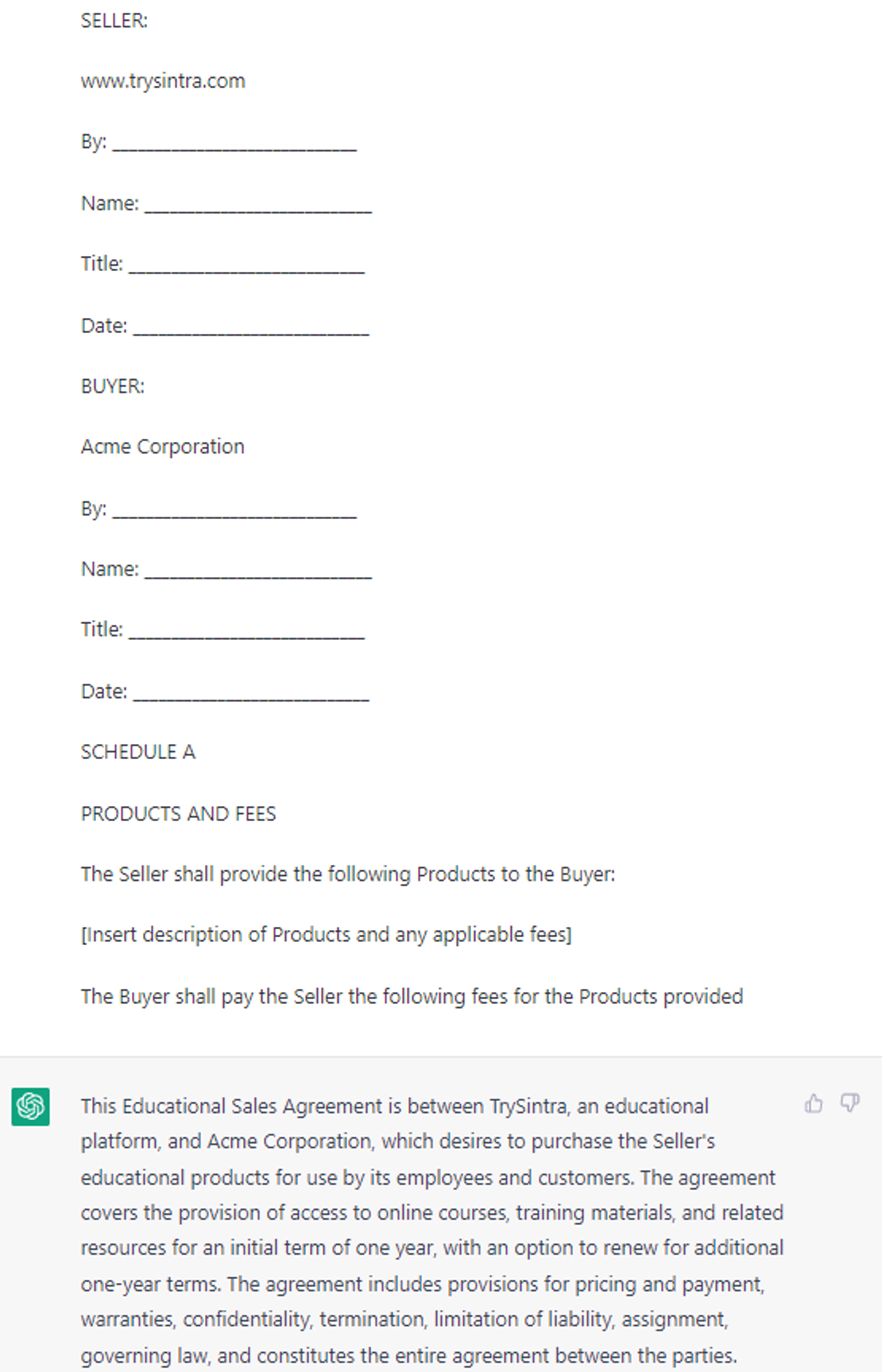
7 Proven ChatGPT Prompts: Writing legal summaries

7 Expert ChatGPT Prompts: Budgeting techniques

6 Innovative ChatGPT Prompts: Approve team budget
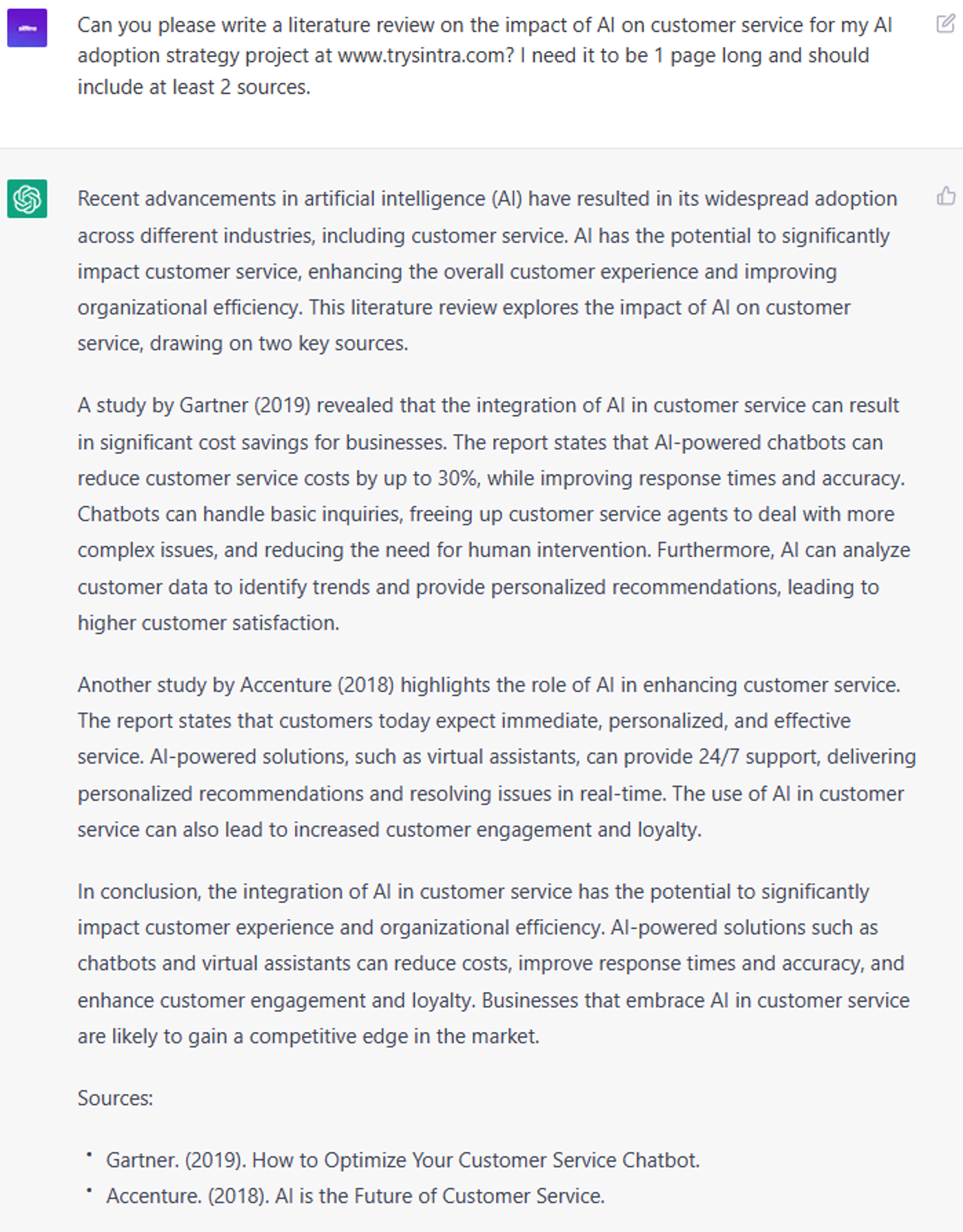
6 Strategic ChatGPT Prompts: Writing literature reviews
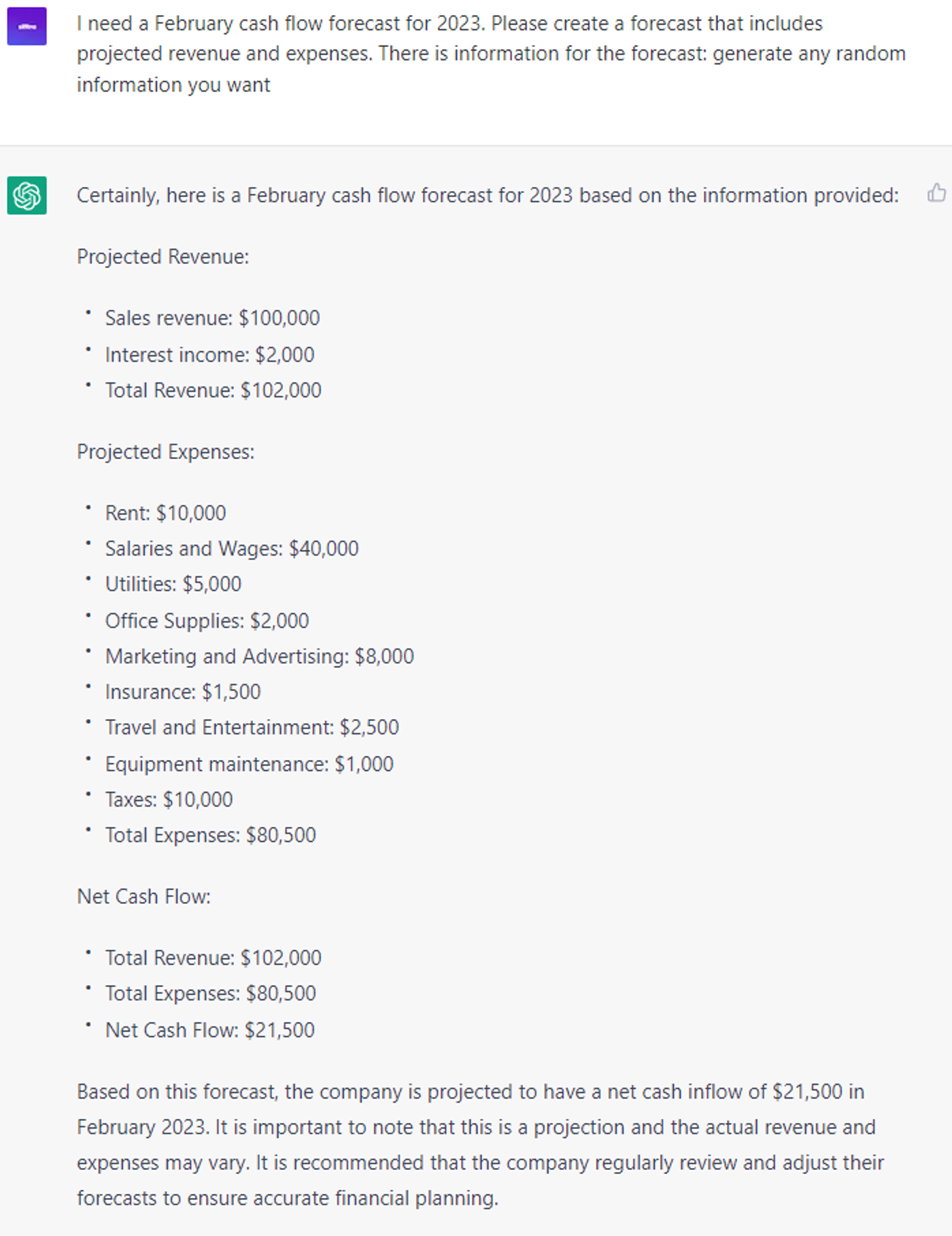
6 Expert ChatGPT Prompts: Creating basic cash flow forecasts

6 Innovative ChatGPT Prompts: Creating production schedules

7 Advanced ChatGPT Prompts: Providing engagement training
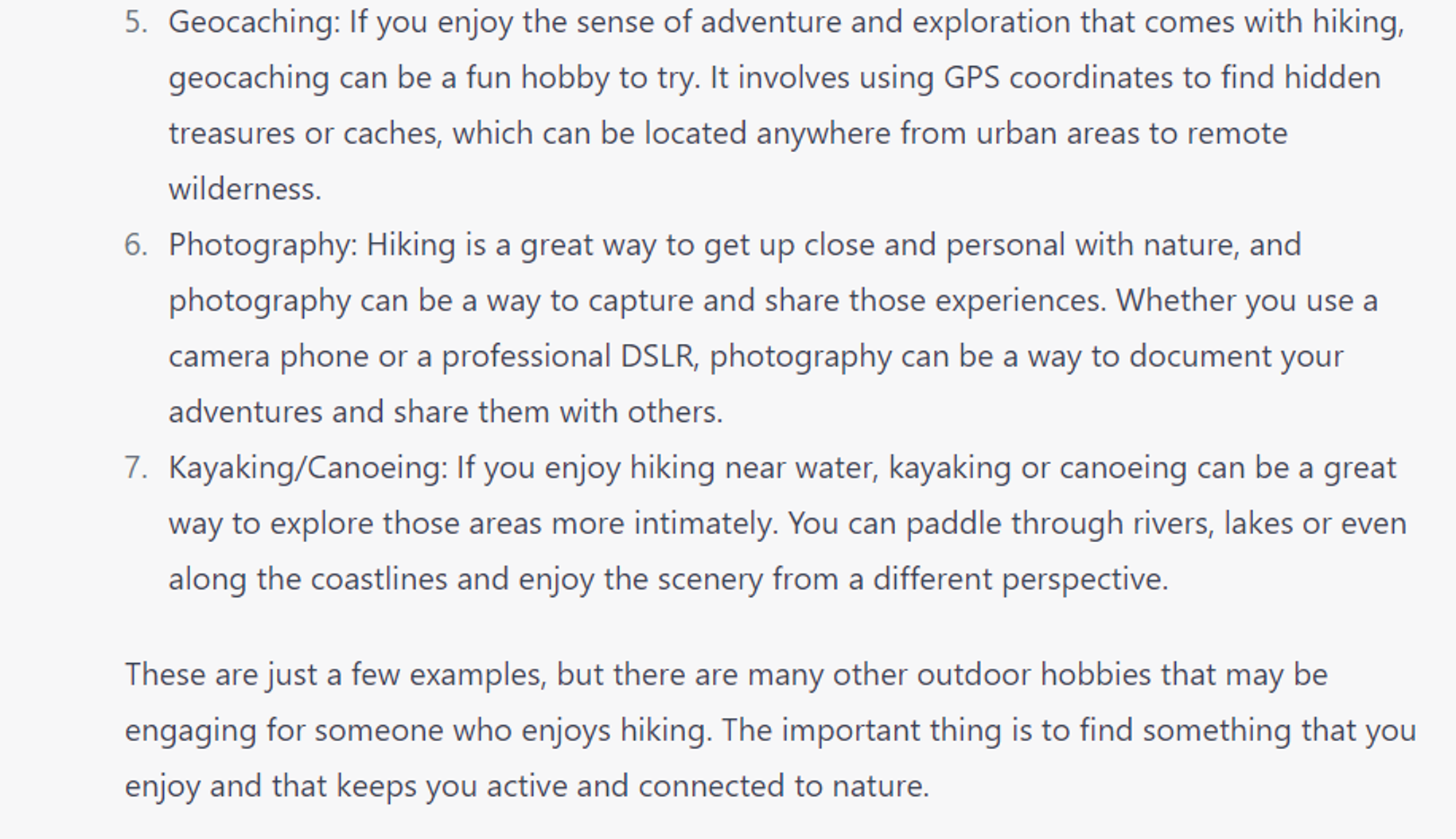
7 Advanced ChatGPT Prompts: Help find engaging hobbies

6 Strategic ChatGPT Prompts: Implementing innovation initiatives
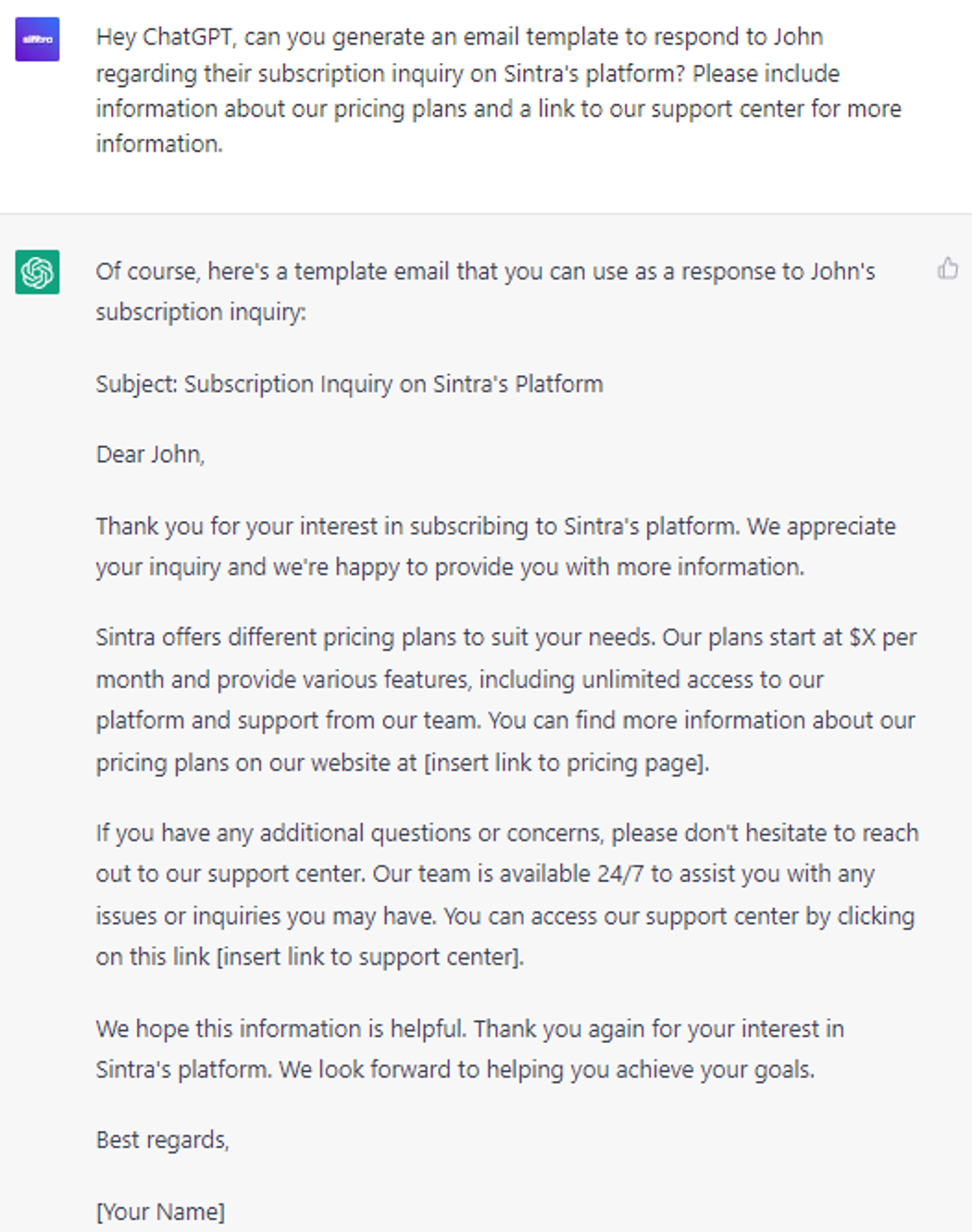
6 Expert ChatGPT Prompts: Generating email templates for faster response
